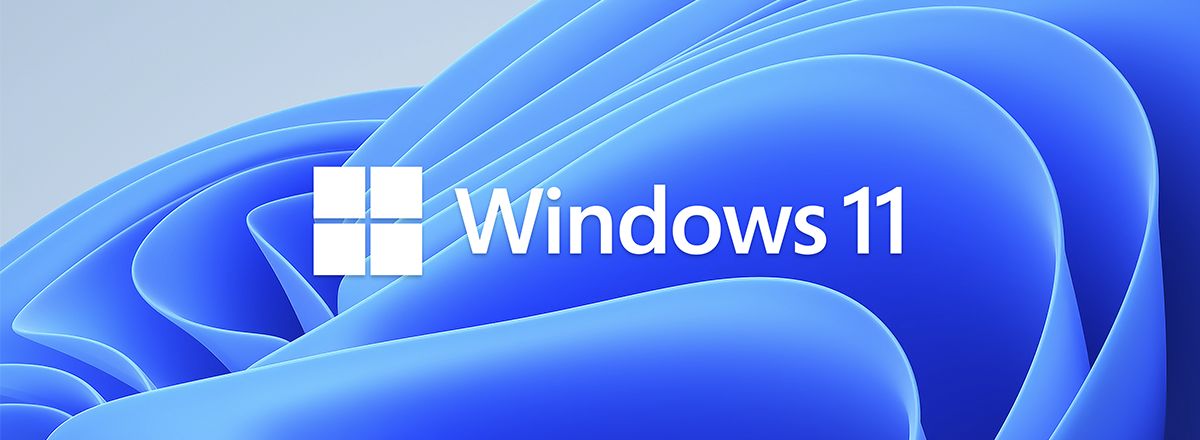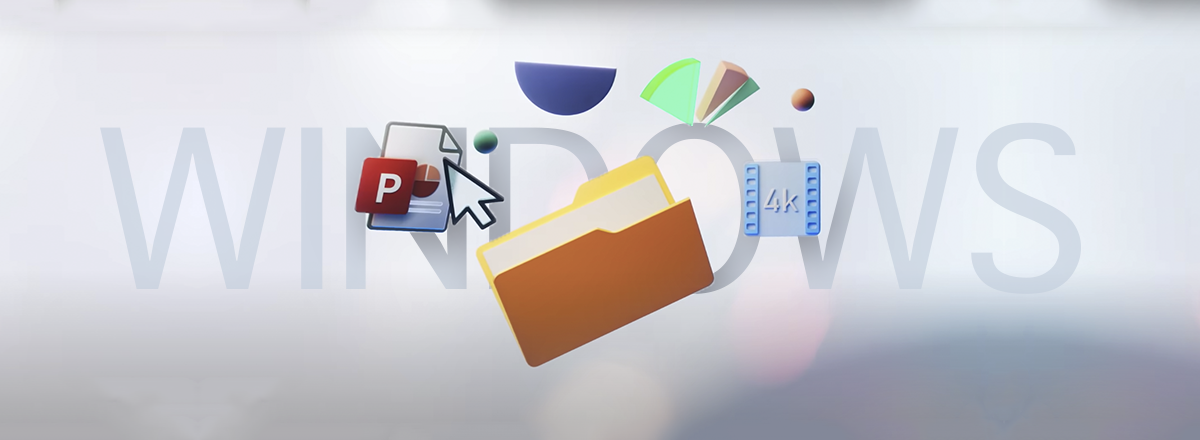Microsoft unveiled Windows 365, a cloud-based service that will allow users to remotely run Windows 10 (and Windows 11 when it comes out) on different devices. The purpose of the service is to provide a convenient and safe hybrid work format for companies. The system will work by subscription and will be available for enterprises starting August 2, 2021.
Introducing Windows 365.
— Microsoft 365 (@Microsoft365) July 14, 2021
The first Cloud PC for every organization on the planet. https://t.co/OdJEr3DApx #Windows365 pic.twitter.com/8poKUWqZPP
The new service is powered by the Azure Virtual Desktop (Windows Remote Desktop) cloud solution in the Microsoft Cloud. However, from the looks of it, Windows 365 will be easier to set up.
Windows 365 can be launched through a browser or the Microsoft Remote Desktop application. The company promises instant system boot and service support on Mac, iPad, Linux, and Android devices. This will allow enterprise employees to access their cloud PCs to run all the applications and tools they need. All service data will be stored in the cloud, and after the session ends, the state of the computer will be saved.
Companies will be able to provide their employees with virtual PCs in minutes, avoiding the cost of physical equipment. This can be attractive to many businesses hiring remote or temporary workers who need secure access to the corporate network.
Microsoft believes that the service will also be helpful for remote employees since Windows 365 will allow them to connect to a remote desktop without the need to use a VPN.
Windows 365 will come in two editions: Enterprise and Business. Both options run on Azure Virtual Desktop, with a choice of 1 of 12 cloud PC configurations available – from a minimum with one vCPU, 2GB of RAM and 64GB of storage, to a maximum with eight vCPUs, 32GB of RAM, and 512GB of storage.
Microsoft did not reveal the subscription price just yet and did not announce the minimum requirements for bandwidth and modes of connection to the service.
Last month, Microsoft introduced Windows 11. The new OS will be available to regular users this fall.




